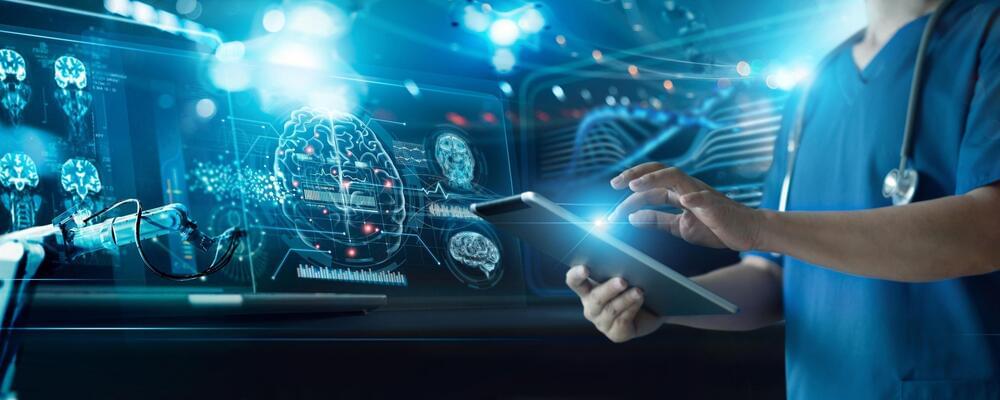Researchers have used generative AI to reconstruct “high-quality” video from brain activity, a new study reports.
Researchers Jiaxin Qing, Zijiao Chen, and Juan Helen Zhou from the National University of Singapore and The Chinese University of Hong Kong used fMRI data and the text-to-image AI model Stable Diffusion to create a model called MinD-Video that generates video from the brain readings. Their paper describing the work was posted to the arXiv preprint server last week.
Their demonstration on the paper’s corresponding website shows a parallel between videos that were shown to subjects and the AI-generated videos created based on their brain activity. The differences between the two videos are slight and for the most part, contain similar subjects and color palettes.







